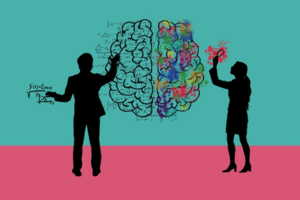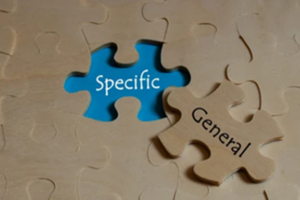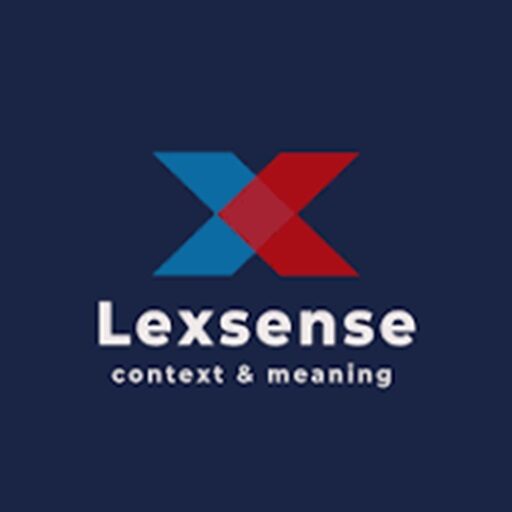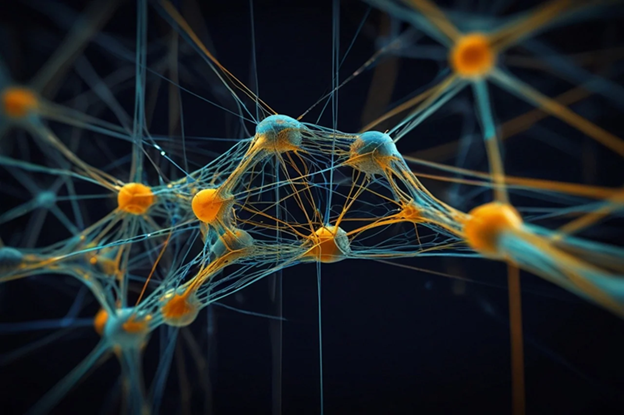Introduction
In today’s digital world, we are drowning in data. From social media posts to scientific research, vast amounts of information are constantly being generated. However, this data often exists in siloed formats, making it difficult for computers (and sometimes even humans) to truly understand its meaning and relationships. This is where the Semantic Web and ontologies come into play, offering a powerful approach to make data more intelligent and interconnected.
The Problem with the “Normal” Web
The World Wide Web, as we know it, is primarily designed for human consumption. We read websites, watch videos, and interact with applications. While computers can store and retrieve information from the web, they largely treat it as a collection of unstructured text and images. They lack the inherent understanding of the meanings behind words and the relationships between different pieces of data. This limitation hinders their ability to perform complex tasks that require deeper understanding, like finding all research papers related to a specific disease, or automatically generating a travel itinerary based on personal preferences.
Enter the Semantic Web: A Web of Meaning
The Semantic Web is not a replacement for the existing web, but rather an extension that adds a layer of meaning to it. Proposed by Tim Berners-Lee, the inventor of the World Wide Web, the Semantic Web aims to make data machine-understandable. Instead of just retrieving documents based on keywords, the Semantic Web seeks to enable computers to understand the context and relationships between data, allowing them to perform more intelligent tasks like:
- Enhanced Search: Instead of finding pages that merely mention “apple,” the Semantic Web could differentiate between “apple the fruit” and “Apple the company” or even “Apple Records.”
- Data Integration: Seamlessly combine data from diverse sources, even if they are stored in different formats, by understanding their underlying meanings.
- Intelligent Agents: Create software agents that can autonomously perform tasks based on a deep understanding of user needs and available information.
Ontologies: The Key to Defining Meaning
At the heart of the Semantic Web lies the concept of ontologies. An ontology is essentially a formal, explicit specification of a shared conceptualization. Think of it as a structured vocabulary that defines the concepts in a particular domain and the relationships between them. In simpler terms, an ontology provides a precise and unambiguous way for computers to understand the meaning of things.
Here’s what an ontology typically includes:
- Classes (Concepts): These represent categories of objects or ideas, such as “Person,” “City,” or “Disease.”
- Properties (Relationships): These define the connections between classes, like “has_location” (linking “Person” to “City”) or “causes” (linking “Virus” to “Disease”).
- Instances (Individuals): These are specific examples of classes, such as “John Smith” as an instance of “Person” or “New York City” as an instance of “City.”
- Rules and Constraints: These define logical rules and constraints that govern the use of the ontology.
By using ontologies, we can move beyond simply storing data to storing knowledge. Computers can then utilize this knowledge to reason and infer new information.
How It All Works Together
Data in the Semantic Web is often represented using specific formats like RDF (Resource Description Framework) which allows for expressing relationships between resources using the defined vocabulary in ontologies. SPARQL is the query language used to retrieve and manipulate this information. These technologies allow data to be interconnected, not merely linked, creating a richly interconnected network of knowledge.
Imagine a scenario where a researcher wants to find all studies about the effectiveness of a specific drug on a particular type of cancer. Using the Semantic Web, they could query a network of interconnected databases that utilize ontologies. The query wouldn’t just look for keywords but understand the relationships between “drug,” “cancer,” and “effectiveness” as defined in the relevant medical ontologies, providing a much more accurate and relevant result.
Real-World Applications and the Future
The Semantic Web is not just a theoretical concept; it has practical applications across various domains:
- Healthcare: Improving drug discovery, facilitating personalized medicine, and enhancing data sharing among healthcare providers.
- E-commerce: Powering sophisticated product recommendations, improving search results, and enabling better customer service.
- Knowledge Management: Organizing and accessing large volumes of information within organizations.
- Scientific Research: Enhancing data sharing, reproducibility, and collaboration.
The Semantic Web and ontologies are still evolving technologies, but they hold immense promise for transforming how we interact with data. As the amount of online information continues to grow, the need to make that information more meaningful and accessible to machines will only become more critical. By unlocking the meaning behind data, we are paving the way for a smarter, more interconnected world.





















